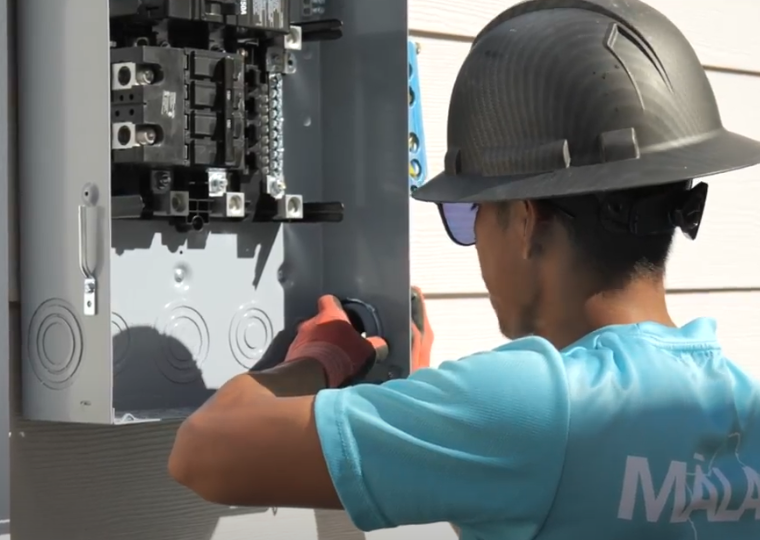Why is Hawaii Perfect for Residential Solar Energy?
It may seem like a no-brainer that Hawaii would be the ideal place to capitalize on solar energy. Our geographic location, tax incentives and current dependence on external energy sources all make the prospect of energy independence a promising one. But is it really all it’s cracked up to be? Is it really worth it to go solar in Hawaii?
Before investing in a solar system, let’s take a look at the factors that lead up to Hawaii being the best solar installation state.
Geography
When it comes to location, we’ve clearly got an advantage in the sunlight department. Being located relatively close to the equator, the amount of sunlight that Hawaii receives dwarfs that in other states, averaging 240 sunny days a year compared to the national average of 205! That combined with the fact that Hawaii typically lacks extreme weather means that a solar system will be operating at peak efficiency for the majority of the year. It’s a good thing too, because according to the U.S. Energy Information Administration, Hawaii has the highest average energy cost in the nation at 27.55 cents per kWh vs the national average of 10.59. That’s over two and a half times the average cost! In short – you really can’t ask for a better state to install solar panels than Hawaii!
Monetary Incentives
The state of Hawaii has set a goal to reach 100% renewable energy by 2045, and has introduced policies to help accommodate solar companies and customers alike. The Renewable Energy Technologies Income Tax Credit (RETITC) offers a 35% solar tax credit (up to $5,000 off of your system!). On top of that, the Federal Solar Investment Tax Credit (ITC) can be applied for an additional 26% tax credit. A solar system is an investment, but when you factor in tax incentives and the ROI it provides by cutting energy bills it’s one of the best ones you can make for your home. Your individual return on investment (ROI) may vary, but considering location, energy costs, and tax credits your system will pay itself off and then some within just a few years!
Note that the federal tax incentives are set to be lowered after 2022, so it’s better to install your solar system sooner than later.
Energy Independence
Relying on the mainland for resources has been an ongoing struggle for Hawaii. Did you know that the vast majority of our electricity is generated from imported petroleum? It’s no wonder that the cost of electricity in Hawaii is so high, and all the more reason to build up our sources of independent renewables.
Currently Hawaii uses about 12 times more energy than it produces, making imports an unfortunate and costly necessity. However the further we move towards that 2045 renewable energy goal, the closer we get to having cheaper and more sustainable electricity. This will require a system with various renewable sources, but residential solar can help lead the way to true energy independence.
Sometimes the numbers just speak for themselves, and in the case of solar power in Hawaii, the numbers are in our favor. We’re in the right spot, we’ve got government financial backing, the ROI is practically guaranteed and cutting down on imported energy will make it cheaper for all residents. Whether you’re a homeowner on Oahu or Big Island, residential solar in Hawaii is a strong and reliable investment that will lower your electric bill and push us closer to lower energy costs as a state.
A quick summary:
Hawaii gets more sunlight than any other state
Hawaii has better weather on average than any other state (Less interruptions)
Our energy costs are the highest in the country
State Tax Credit (RETITC) available
Federal Tax Credit (ITC) available
Current import dependence keeps prices high



